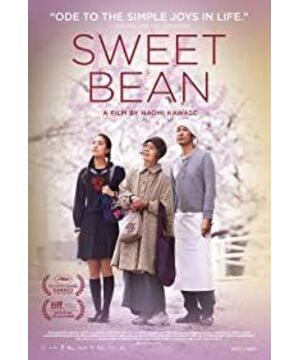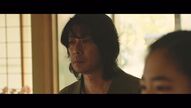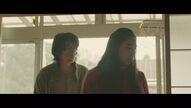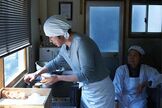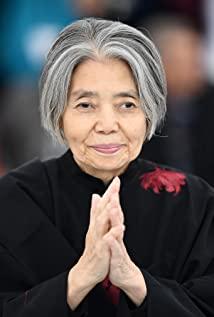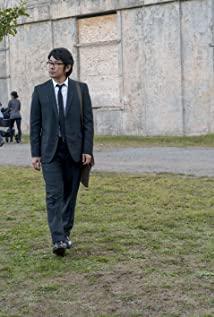In the movie "The Taste of Chengsha", Naomi Kawase puts the leprosy patient who was once forcibly quarantined and the man who lost his mother in jail, and when the cherry blossoms are in full bloom, they merge into each other's lives. Sharing each other's secrets, supporting each other, and describing the cruelty of society and the perseverance of life vividly and vividly. Regarding the final death, Naomi Kawase did not use a very intuitive lens to express it, but the growth of trees. The mark of the survival of the dead is replaced by the growth of trees, and the form of life is represented by a prosperous number, which breaks the finiteness of life, closely connects man and nature, and creates a beauty of endless circulation of life. story.
The beauty in "The Taste of Chengsha" comes from mother-in-law Dejiang's love of life and respect for nature. When making red bean fillings, she will listen carefully to the sounds of nature, the rustling wind, and the tick. The ticking rain and the rustling of leaves, these sounds make red beans full of life. Through the screen, it seems that we can smell the soft and waxy scent of the red bean paste. When Tokue looked at the cherry blossoms, we seemed to feel the slight scent and the tremors of the warm wind blowing across the body. Kawase Naomi's shots are too beautiful, so beautiful that people forget that this is a sad story. In fact, the truth of life is a kind of imprisonment. Naomi Kawase said, "What I want to convey is the ordinary happiness that touches this kind of communication and friendship between people."
As the story goes on, the truth of life will eventually reveal its true colors. Mother Dejiang’s nursing home is called the "Quansheng Garden". Many different numbers are planted in the yard, because the gardeners here cannot be buried after they die, they can only plant. a tree. Therefore, every tree in the yard represents a dead person and a lost memory. In Kawase Naomi's lens, trees replaced the dead, and continued growth replaced the end of life. Perhaps, in the eyes of Kawase Naomi, death is actually another beginning.
Kawase Naomi's movies have scars. These scars are human guilt and fear. They reject people who are different from themselves, and they reject people whose lives are impaired. And Naomi Kawase used the lens to show these cruel rejections. Mrs. Tokue felt that the store manager had inherited her sadness and despair. By making red beans, she wanted the store manager to continue her life. Therefore, she made red bean paste and incorporated all the goodness and expectations into those warm and beautiful things.
In this movie, the cruelest thing about Kawase Naomi is that she did not avoid the elderly's sick body and people's fear of leprosy. She didn't avoid the old man's twisted fingers because of his illness, did not avoid the old man's identity when he was sick, and did not avoid the special living environment. She made it impossible for the elderly to avoid the attention of the crowd, and she used the cruelest way to express Mrs. De Jiang's kindness and determination. At the same time, she also used her lens to condemn society and condemn society's indifference.
As a female director, Naomi Kawase’s films are beautiful and delicate. Starting from "Moe no Suzaku", Naomi Kawase has been exploring an exclusive style of influencing aesthetics. From the observation of nature, she realized the life and death. Meaning, in the lens, she replaced death with inheritance. Therefore, in Naomi Kawase's movies, you can always find many specific elements, such as trees, wind, light and so on. These elements derived from nature give Naomi Kawase's movies a gentle beauty.
What I'm talking about here is the "Quanshengyuan", which is the largest leprosy sanatorium in Japan. It isolates many people who have been forgotten by history. Naomi Kawase tells their stories, not wanting them to be enclosed in history. Naomi Kawase is still a kind director after all. She uses the cruelty of falling cherry blossoms as a metaphor for a strong and beautiful life. Year after year, they are blooming and deciduous. As long as you stare at them, you can see their strong vitality, just like every incomplete life.
View more about Sweet Bean reviews


